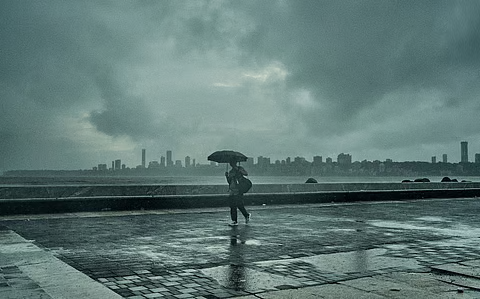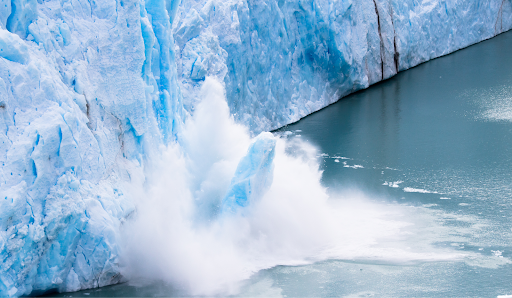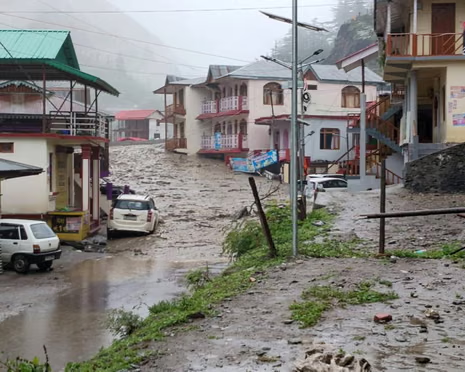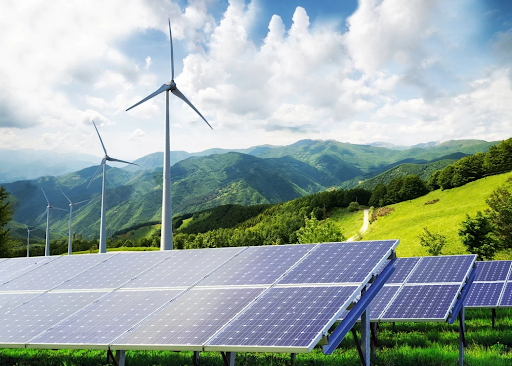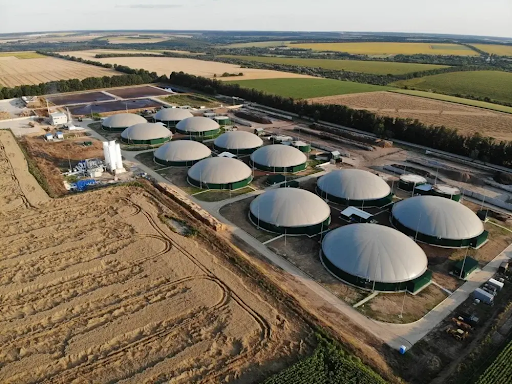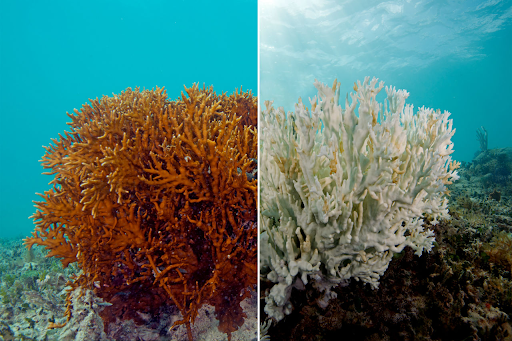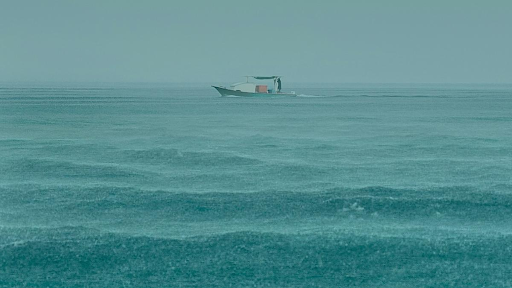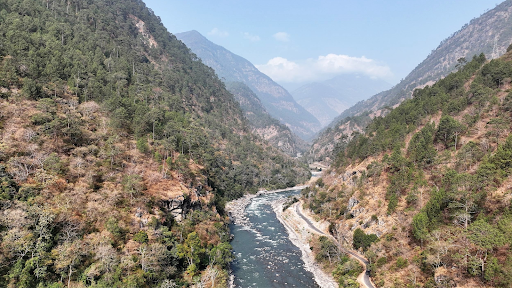Description
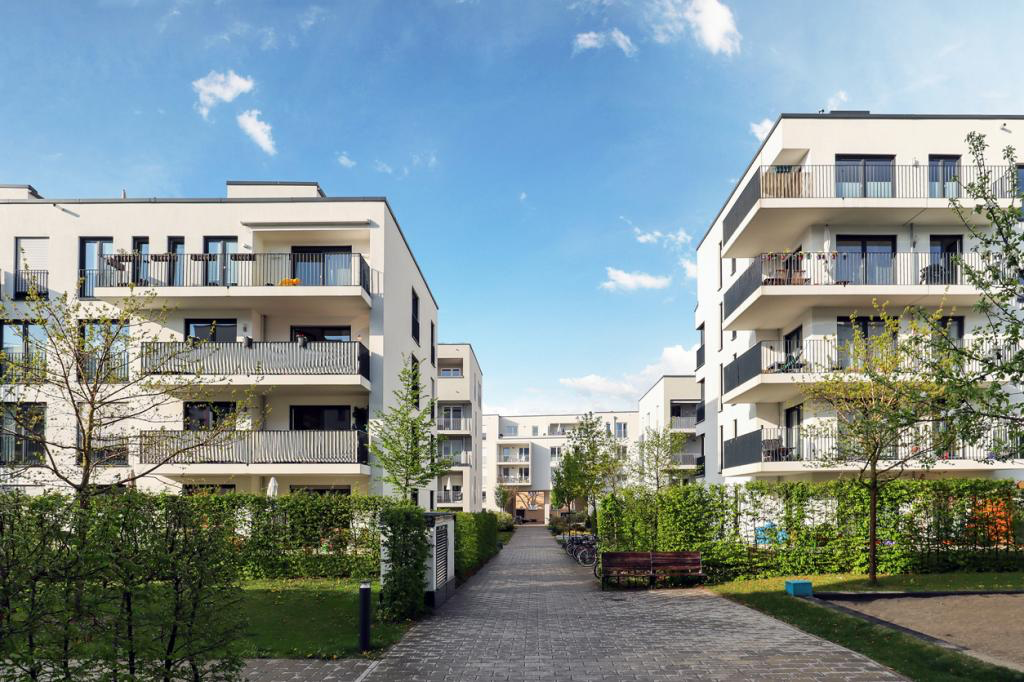
Disclaimer: Copyright infringement not intended.
Context
The escalating issue of heatwaves in Indian cities, particularly focusing on the challenges posed by rising temperatures and the two-fold threat faced by both large and small cities.
Details
- Rising episodes and increasing intensity of heatwaves pose a significant problem in Indian cities.
- The issue affects both big and small cities, necessitating different approaches for adaptation.
- Big cities struggle with the "heat island" effect and require retrofitting, while small cities need heat-resilient master plans.
Challenges and Solutions for Big Cities
- Big cities face challenges in adapting to changing climates and improving liveability.
- Retrofits to combat the "heat island" effect are essential.
- Parameters like urban morphology, aspect ratio, and blue/green infrastructure influence heat resilience.
- Open highrise, open midrise, and compact mid rise urban morphologies show lower land surface temperatures (LST).
- Low Rise buildings with sparse vegetation contribute to higher LST.
- Recommendations include using better roofing materials, reflective paints, and green roofs.

Strategies for Small Cities on the Brink of Growth
- Small cities experiencing explosive growth need "heat-proof" development.
- Heat-resilient master plans and by-laws are crucial.
- Urban form parameters impact heat resilience and liveability.
- Parameters such as aspect ratio, sky view factor, and blue/green infrastructure influence heat resilience.
- Higher aspect ratios lead to lower LST by reducing direct sun exposure.
- Sky view factor between 0.2 and 0.9 raises LST by 10°C.
- Effective vegetation cover (EVC) reduces LST; trees with canopy have the greatest impact.
- Cities must reconsider green area planning in master plans.
Key Urban Form Parameters and Their Impact
1.Urban Morphology:
- Different urban morphologies impact heat resilience.
- Open highrise, open midrise, and compact midrise morphologies have lower LST.
- Low Rise neighborhoods with sparse vegetation experience higher LST.
2.Aspect Ratio:
- Aspect ratio (building height to street width) influences heat trapping.
- Higher aspect ratios lead to lower LST by reducing direct sun exposure.
- Narrower streets decrease heat gain by shading surfaces.
3.Sky View Factor (SVF):
- SVF influences heat trapping and dissipation.
- Higher SVF values lead to increased LST, especially in highways and intersections.
4.Blue/Green Infrastructure (B/GI):
- Green spaces regulate temperature, air quality, and humidity.
- Effective vegetation cover (EVC) reduces LST; trees are most impactful.
- Trees with thick foliage result in significantly cooler temperatures.
5.Floor Space Index (FSI):
- High FSI corresponds to lower LST.
- Pune's FSI range (100-300) led to LST variation.
6.Street Orientation:
- Street orientation affects heat gain due to sun exposure and wind.
- North-south oriented streets have higher LST due to sun exposure.
Neighbourhood Planning and Contextual Cooling Solutions
- Urban form-based codes offer solutions tailored to cities and neighborhoods.
- Different zones could have cooling features, e.g., shaded walkways in markets, cool roofs in temple precincts, high EVC in business districts.
- Building by-laws and master plans need amendments to address specific drivers of heat gain.
- A 1°C temperature reduction can lead to a 2% decrease in the city's power bill.
|
PRACTICE QUESTION
Q) Rising urban heat waves pose a significant challenge to the liveability and sustainability of Indian cities. Discuss the key parameters of urban form and their role in enhancing heat resilience in cities. (150 words)
|
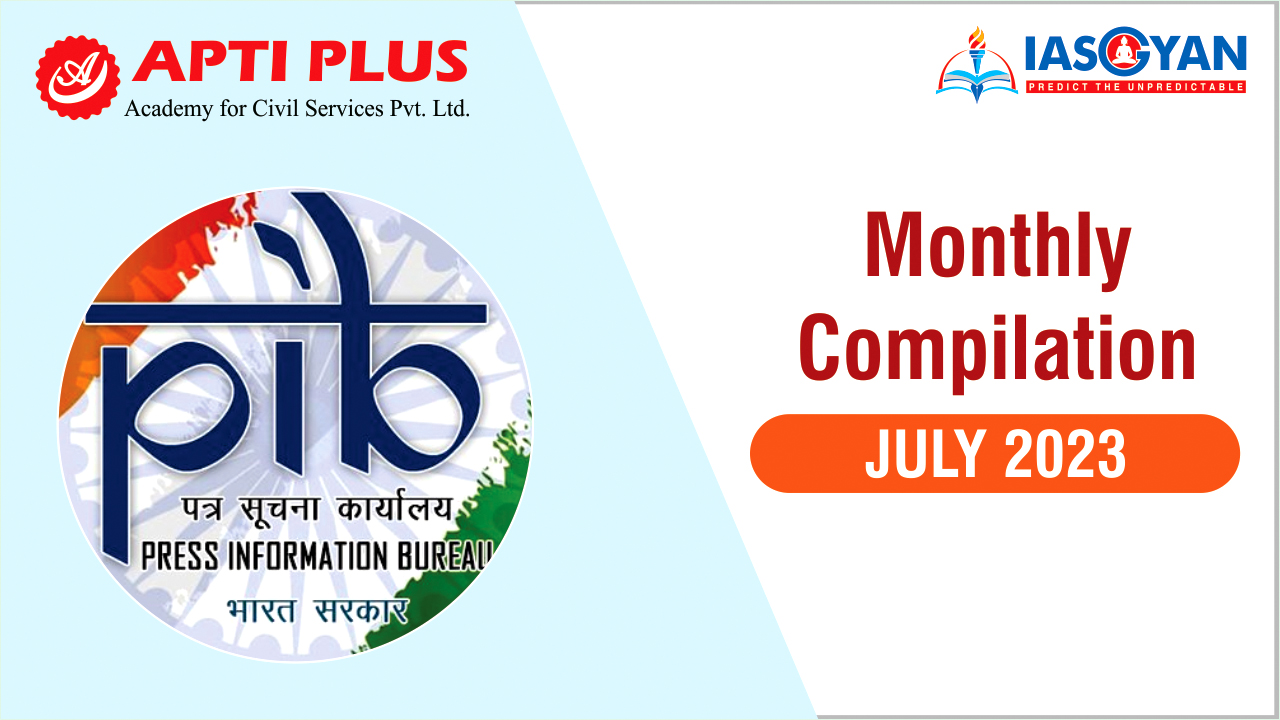
https://www.downtoearth.org.in/news/governance/road-to-cool-cities-codes-based-on-unique-urban-form-can-be-helpful-91367







